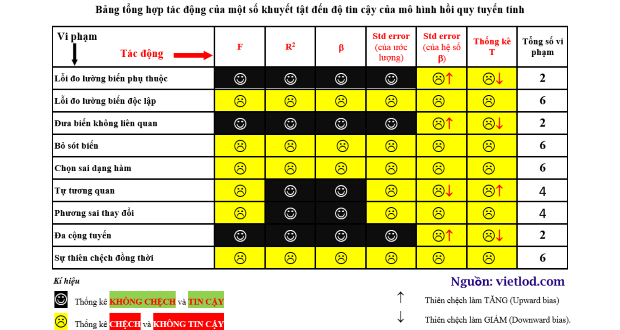KTL nâng cao
Biến nội sinh trong các ước lượng OLS, IV, GMM

Một vấn đề thường gặp phổ biến trong các nghiên cứu thực nghiệm là hiện tượng phương sai thay đổi (heteroskedasticity). Mặc dù tính tin cậy, nhất quán (consistency) của hệ số ước lượng IV không bị ảnh hưởng bởi sự hiện diện của heteroskedasticity, tuy nhiên, các sai số chuẩn dự báo của hệ số ước lượng IV sẽ không phù hợp, cản trở việc suy diễn thống kê. Ngoài ra, các kiểm định thống kê liên quan đến biến nội sinh, cũng như tính hợp lý của các biến công cụ như kiểm định overidentifying sẽ không có hiệu lực nếu tồn tại vấn đề heteroskedasticity. …